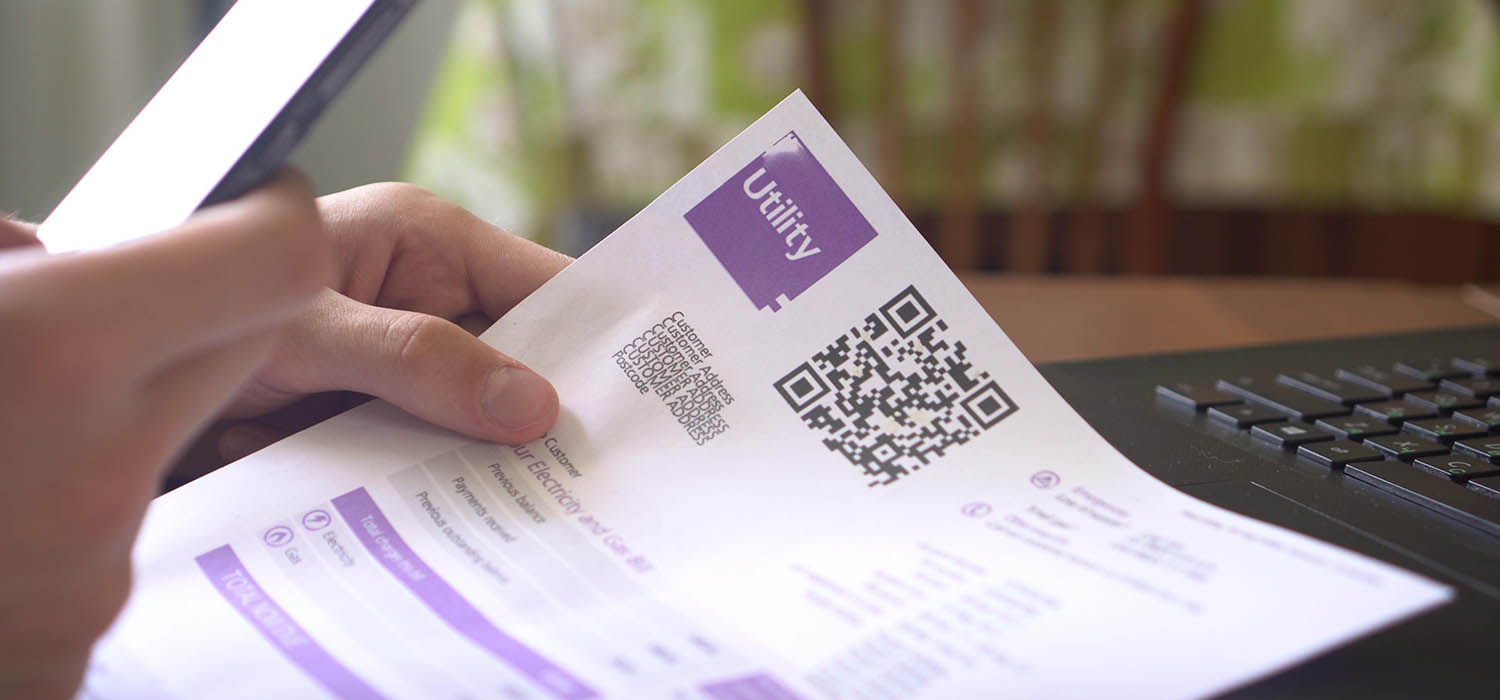
Multifamily rental housing as a whole showed a 3.3% loss in year over year NOI per unit, according to the National Apartment Association, in 2021. This marked the first downturn in over a decade, and shines a light on many areas that drive costs for multifamily properties. An important consideration is resident billing for utilities, since this is a large cost for properties, and can be better handled to reduce expenditure.
Utilities are the 3rd largest expense for most properties, and they are indispensable. According to the US Bureau of Labor Statistics, the energy index rose 26.5% during Covid, with natural gas costs up 24% and electricity costs up 9%. Moving to more efficient HVAC and appliance systems can be helpful, but properties should really work to pull a tight reign on their utility expenditures. This can be done through billing for utilities.
Property managers should bill their residents based on their consumption levels. This allows managers to accurately control costs to themselves, but also help drive energy conservation by residents. When property owners pay utility costs, consumption was on average 26% higher, according to Fannie Mae.
With resident ages decreasing in many markets, and work-from-home increasing in those same markets, energy costs will continue to climb. This leads to added costs for properties, as well and volatility and uncertainty that can be be avoided by direct billing.
How to Measure Consumption
There are 2 ways this is generally approached. Installing Submeters, or Ratio Utility Billing Systems (RUBS) is a good choice. This involves installing individual meters between the master meter and each unit. This can be done by either on-site property technicians, or more often, it is done by the meter supplier.
These metering devices track and monitor consumption for each unit, and can then be added to resident invoices.
If individual meters isn’t possible due to the construction and installation of your properties utility systems, then there are also intelligent ways to calculate “close enough” consumption values using the RUBS system. This will monitor use a set of units, and then values can be approximated based on square footage and other parameters.
The Importance of Communication
Existing residents may not like if their utility billing structure changes. They may also not like it if they have had a good deal on utilities thus far, and now need to a pay a number based on accurate consumption, which may turn out to be higher. Because of this, it’s important to make residents aware of the changes and when they will be in place. It should also be explained how this benefits them (simplicity, the ability to control personal monthly costs, etc).
One-Stop Payments
For properties already using an online payment portal to accept rent charges, this should be an easy integration, and one your residents will like. The additional utility bills can be added directly to the portal, making it easy for residents to see the breakdown, and also giving them a one-stop payment location, rather than having to write multiple checks. The best approach is the ensure all utility charges and uses are clearly visible through the online portal, and give residents an easy option to contact the office if there are any questions.
Conclusions
This is just one step in an endless process of making multifamily properties more streamlined, reducing costs, and improving NOI. But with each year that passes this is proving to be more and more valuable, due to the significant increase is energy costs, as well as cost associated with man-power on the property level. Making utilities accurate and simplified for residents, will ultimately contribute to a better resident experience, and a better bottom line for the owners.
